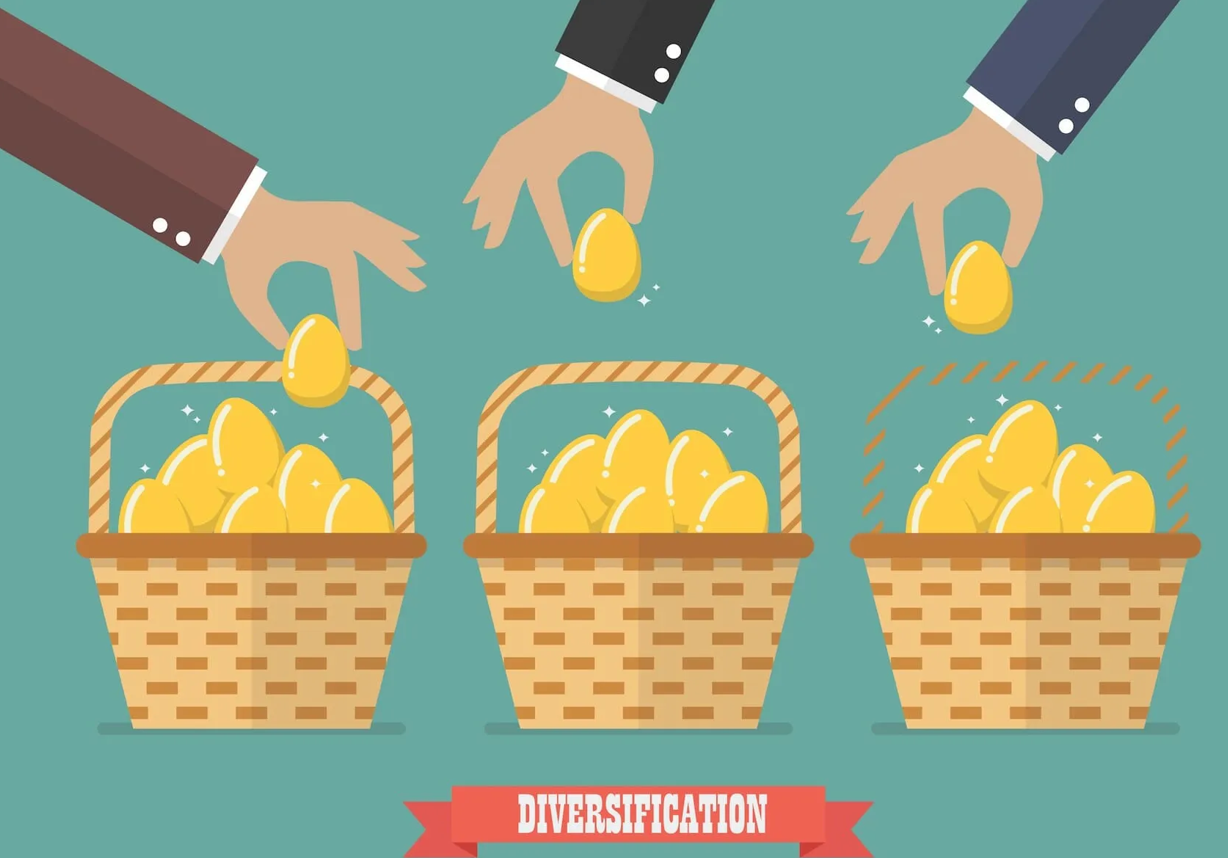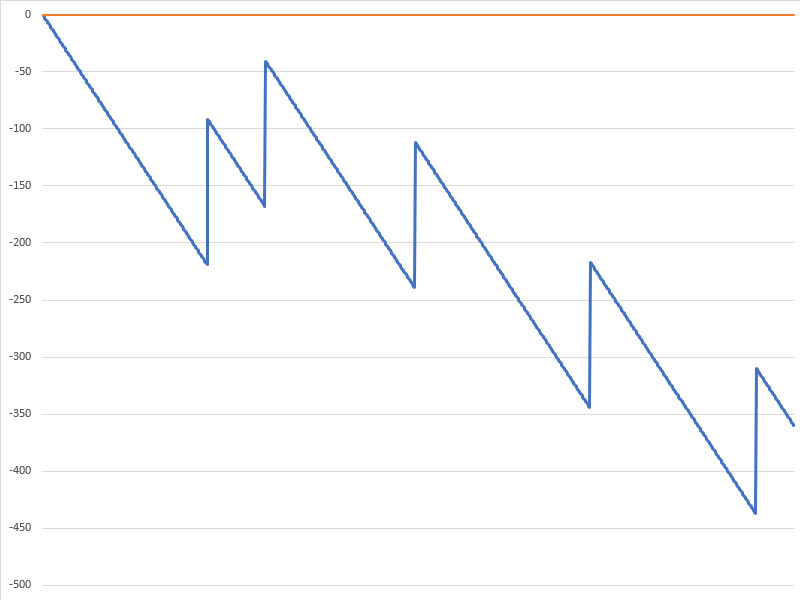A Guide to Money Management in Sports Betting

There are various betting methods with sports betting that you should know.
Sports Betting is a bit mystical when it comes to money management. There are many who promote different betting methodologies, using terms that may confuse you, and shilling their own systems in exchange for your hard-earned money. The objective is to break everything down, demystify the smoke and mirrors, and get you in a place where you can put yourself in a more profitable place.
Let’s start with the very basics and understanding where you actually are with sports betting because this is going to frighten you.
Sports Betting is a High Risk Investment
Yes, it is an investment and if you do not treat with the proper seriousness of an investment, you will lose your investment capital. It is considered “gambling” by those who want to be moralistic or wish to scare you, but the reality is that a sportsbook, casino, racino or any establishment that takes wagers is a Financial Institution. Some casinos even offer loans to players. Banking operations for a casino are not terribly different from what you would find for a derivatives broker. The difference is that one set of markets has a flair of legitimacy as major institutions are involved in these markets and the other involves mostly a public market associated with people who are mathematically challenged and possibly intoxicated.
If you treat sports betting like it is entertainment money that you can burn through, you will burn through it and lose it all, possibly very quickly. This is just wasting your money indiscriminately.
However, if you treat sports betting like it is a VERY SMALL part of your investment portfolio that you recognize can be lost completely and would not be financially damaged by the losses incurred, you could come out ahead. The objective of this entire Betting Guides section is to put you in a better place and mindset. Your objective is to have a healthy relationship with this Over-the-Counter Market.
Yes, sports betting is an Over-the-Counter Swaps Market.
How is that the case? Well, a Swap is an agreement between two counterparties where an exchange of financial instruments (options, notes, bonds, currencies), cashflows or payments are made for a particular time. There are many different swaps out there, but sports betting is a form of a Swap.
Consider that you make an agreement to give your sportsbook $220 that a particular team will cover the spread on a given sporting event and if this were to happen, the sportsbook will return $200 and your principal payment back. If you are betting against your own favorite team, you could even think of it as an insurance payment that would console you for your team’s loss.
Sports betting is rather similar to Naked Credit Default Swaps where a business entity can make payments to a counterparty as insurance that in the case a particular business defaults on their debt or incurs some form of a credit event, a larger one-time payment is made to the business entity.
Now that you have realized you’re in the financial realm, are you ready to take this a bit more seriously?
Flat Betting is the Best Method
This is probably the best method to approach betting on sports. You bet the same amount for every game. You should bet 3-5% of your account bankroll, notice the language used. Account bankroll, not overall allotment or overall bankroll. ‘Account bankroll’ is the term used because you will have accounts at different sportsbooks, not just one. Your overall allotment is split among multiple sportsbooks.
You have $2,000 to bet on sports and you split it evenly across 5 sportsbooks, $400 per sportsbook. This means you could be wagering $12-$20 per game. That does not seem like much, but keep in mind, you’re treating this like an investment. You’re not betting one game a day or a few times a year like your common losing bettor who does not take this in any seriously, you’re betting multiple games where you see opportunities to make a positive return. It’s a cold process, much like you would not get emotionally attached to your investment portfolio.
There are ways to approach this flat betting method.
- By percentage: If you start with $400 in your account and reach $1,000, you’ll find yourself going from betting $12-20 per game to $30-$50 per game.
- By absolute amount: You’re going based on what original investment was and the percentage to wager for each game and betting the same flat absolute amount of money each time regardless of your bankroll size. You’ll be $12-$20 per game as explained in our example regardless of your account bankroll. If you go under $200, you’re still betting $12-20 per game and if you are above $2,000, you’re still betting $12-20 per game.
It’s very possible that your account bankroll for one sportsbook does really well and for another, you get cleaned out. It’s also very possible with that given scenario, that you’re very profitable. You will want to consider re-balancing your sportsbook account holdings, remember you are treating this like an investment.
Understanding the Kelly Criterion
Percentage of Account to Use = Win Probability – (Loss Probability/Amount Gained with a Win)
It’s important to know what your win probability is before you make your wager. Typically, win probability is associated with a long run assessment of track record for a type of a wager. Are you betting point spreads? Are you betting totals? You are taking a large enough sample size of your track record to gauge how much to wager for each type of wager.
If you are betting point spreads and totals, you will want to use Kelly Criterion if you have a winning percentage of 53% or higher.
Let’s Avoid the Following Betting Methods, Shall We?
Martingale Betting Method
This is just a bad idea. Avoid this at all costs. How does this terrible method work?
If you are using this method you are probably very irresponsible when it comes to sports betting and ignorant when it comes to the matter of mathematics, statistics, and finance. We’re going to use for our example a man by the name of John Richards, he’s 26, works in a warehouse, lives in a suburb of Columbus, Ohio, is a little bit portly, and struggles with women. We want to give this fictitious person a somewhat relatable back story.
John has all his money ($1,000) in one sportsbook account and started betting on the NFL (like your average losing bettor), he bets on his favorite team (Tampa Bay Buccaneers – because Tom Brady is there now) and on games in the other two time slots on Sunday. He finds himself betting Against the Spread five times a week and that includes whatever is on Monday or Thursday Night Football because he is looking for action, ANY ACTION.
He decides to place a $55 wager on the Buccaneers to cover the spread in the first game. John loses the bet.
In the next time slot that Sunday, he decides to make a $110 to get back his losses, he doubled his bet. John loses once again.
John is now down $165 in his account, he has $835 left.
It’s Sunday Night Football, he plunks down $220 believing he is due. He loses again.
He is now down to $615.
Monday Night Football offers an opportunity to make a comeback in one shot! So he bets $440 on the Browns to cover. He loses again.
He is now down to $175 with no way to double up and make his money back. All that capital is gone in four bets. He chose the wrong games and hit a losing streak without a way to make a comeback.
That’s what happens when you Martingale. You double down until you are limited by the sportsbook or by your own lack of capital. Losing streaks do happen to the best of sports bettors and losing four games is quite common for a sports bettor, but when you bet a small amount of games, double down after each loss, and put a high percentage of your capital into one bet – it is not a surprise that this method leads to financial peril.
Reverse Martingale Method (If we do the opposite of the Martingale, surely we will come out ahead!)
This is also a terrible approach. It is basically letting your bets ride when you win. You would flat bet until you win. When you win, you double your wager. This means that if you hit a winning streak, you could see massive returns, but you never know when the party will end. Many end up cutting it at 3 wins in a row. However, losses will get in the way and eventually bleed a bettor down as collecting the big returns is the challenge.
The odds of winning three games in a row Against the Spread without any knowledge is 12.5%. Given the returns on wagers (The Juice), you’re going to lose money with this method. Losing streaks combined with inconsistency in results will result in negative returns.

No Betting Strategy Guarantees a Profit Ever
As long as wagers are made, there’s a vigorish, and there’s a possibility for loss, you are never guaranteed a positive return. A betting strategy can help you weather a storm of losses or hasten the rate of financial losses.
Your objective is to let your betting strategy prevent you from blowing up your account in a quick fashion. Flat betting or using the Kelly Criterion (if you are more seasoned and profitable) will at best make a losing streak, a slow bleed that you could possibly recover from with a good winning percentage at a future time.